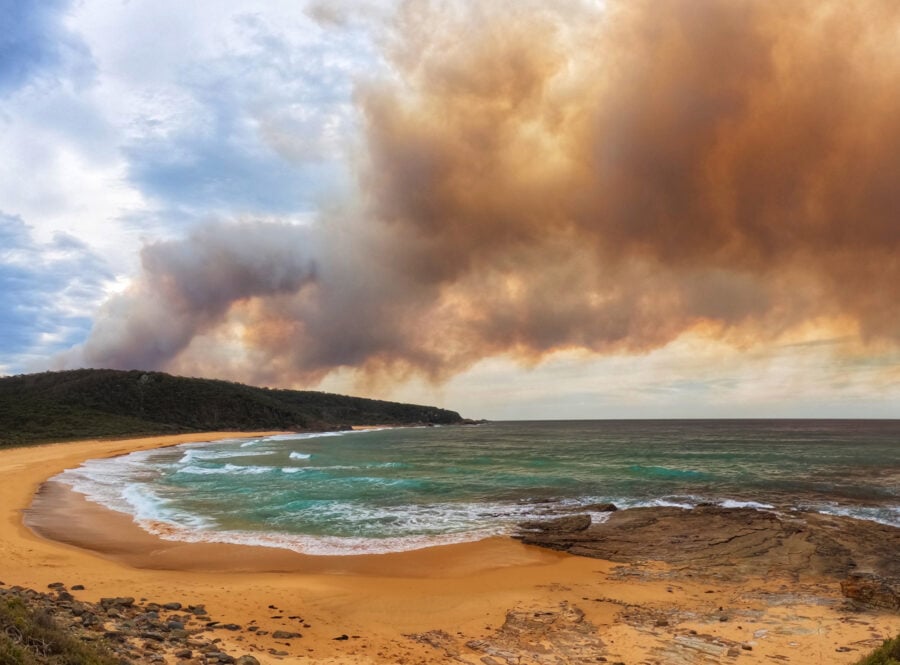Rising sea levels could be good news for over-heated corals reefs

SEA LEVELS, PREDICTED to rise by 0.5-0.8m or more by the end of this century, might actually bring along something good: they could help ameliorate some of the extreme temperature changes endured by many shallow corals reefs around the world, according to a new study.
The remote and iconic Kimberley region of Western Australia is not only home to some of the world’s most ancient rock art, rare species such as the golden bandicoot, the scaly-tailed possum and the toe-tapping monjon, but also some of the world’s most resilient corals.
The Kimberley coast also boasts one of the world’s most extreme tidal ranges, with waters varying in height by more than 10m over each tidal cycle. How these tides interact with the numerous reefs in the Kimberley translate into big temperature changes, explained Dr Ryan Lowe from the Oceans Institute and the School of Earth and Environment at the University of Western Australia.
WATCH: Timelapse of a king tide on the Kimberley coast, WA, in March 2016. (Source: Broome Adventures)
Coral reefs from the Kimberley coast belong to the so-called ‘tide-dominated’ reefs, found on shallow waters and cyclically exposed to heating by the Sun each day. About one-third of coral reefs around the world are thought to experience relatively large tides, yet little is known about how different environmental factors affect temperature in these systems.
“Extreme temperatures are known to be one of the key stressors to coral reef communities around the world, and developing an improved understanding and ability to predict temperature extremes within reefs is critical to predicting the fate of reefs in the future,” said Ryan, who was lead author on the study, published this week in the journal Science Advances.
Ryan and his team decided to find out what factors control temperature variability within these shallow reef systems. They developed a physically based model to predict temperature variations within tide-dominated reefs taking into account factors such as tides, solar heating cycles and reef structure.

The dingoes would be used to control the feral goats, then killed to avoid becoming a pest on the island themselves. (Image courtesy Ryan Lowe)
“By assessing reefs in the Kimberley and a number of other reefs around the world, we identified how the regular cycles of the tide and heating by the Sun interact to drive extreme temperatures, in many cases by over 6°C each day, and how even moderate increases in mean sea level can dramatically reduce these temperature variations by more than 50 per cent.”
The findings suggest that despite the grim predictions of ocean warning and rising sea levels, these tide-dominated reefs may actually derive some unexpected benefits, as they would be less affected by local heating by the Sun in the deeper water over these reefs, and hence experience less extreme variations in temperature.
“While rising sea temperature from global warming will clearly have negative effects on reefs globally, these shallow, tide-dominated reef should at least see some reduction in the large temperature variations they presently experience,” said Ryan.
Future research is still needed to understand how reef organisms will respond to changes in future temperature regimes, and in particular the acute effects of short-lived temperature extremes versus the longer term effects of sustained warming.
“This is a complex multidisciplinary problem and we are actively working with experts in coral biology and physiology to understand what these effects will mean for future reefs,” said Ryan.
READ MORE:
- ‘Bright spots’ found among damaged coral reefs
- VIDEO: King tide timelapse in Broome, WA
- We’ve blown the 1.5 degree global warming limit. What next?
- Coral reef deaths: mystery solved




